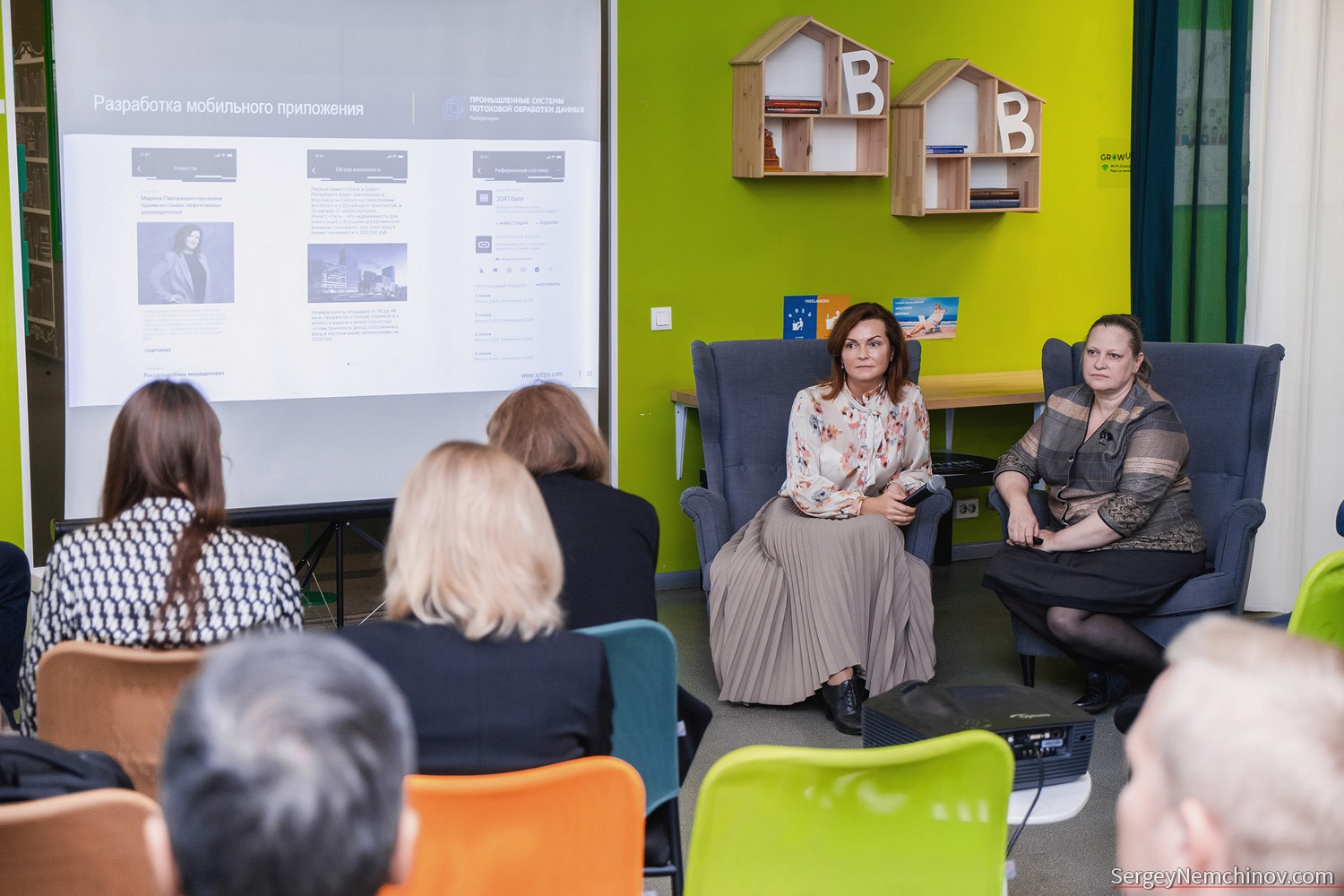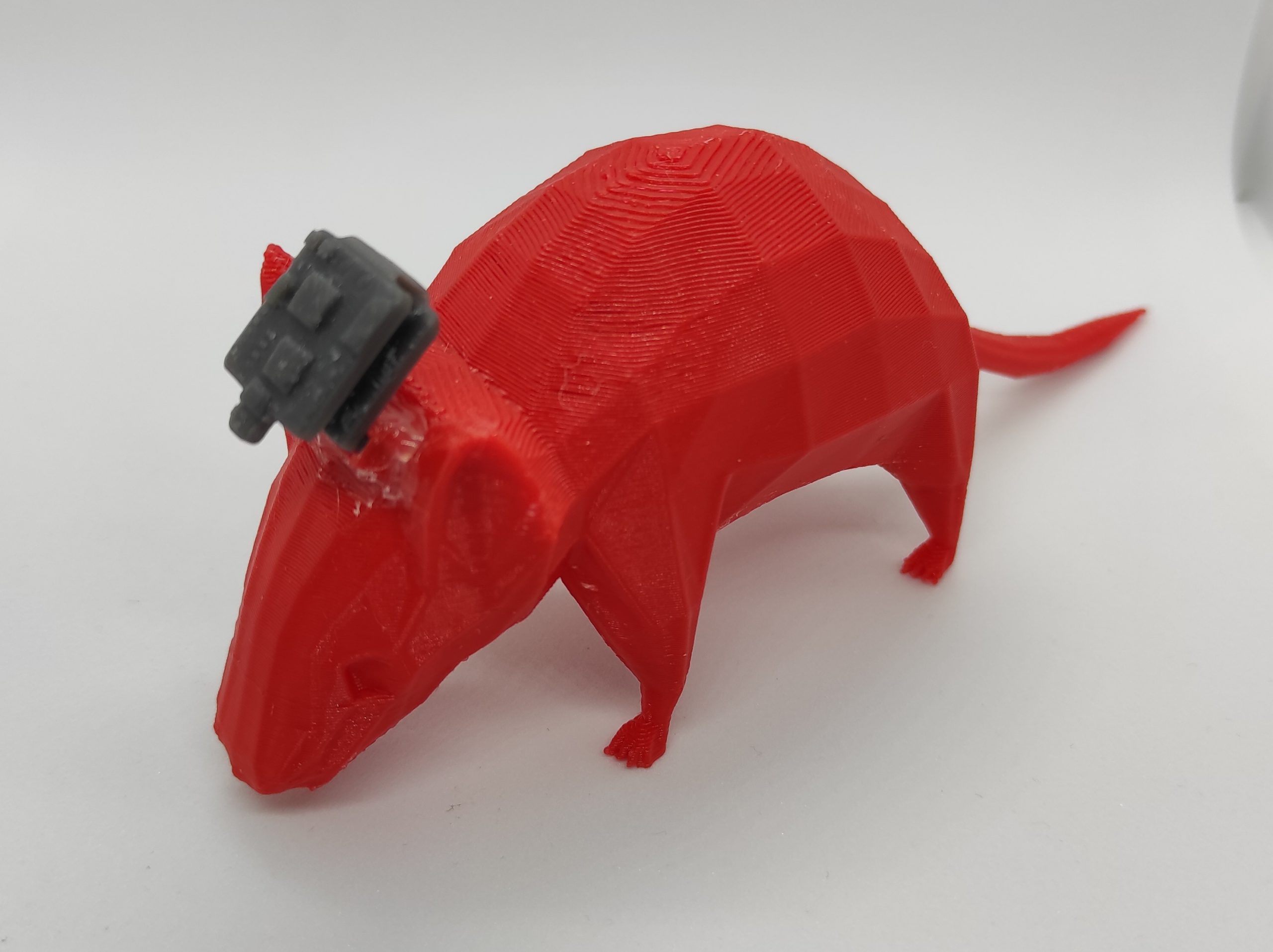The joint projects of the PSPOD Laboratory and Plaza Lotus Group were presented at the meeting “IT-solutions for development or technology investments”
On October 17, 2019, the projects of the Laboratory of Industrial Data Streaming Systems (PSPOD) of the SPbPU NTI Center were presented at a business meeting on “IT Solutions for Development or Technology Investment” addressing the use of digital technologies for the enhancement of project implementation.

The event was organized by the “Meeting!” Company for business leaders in construction and real estate. Top managers of developing companies, urban development organizations, software developers and information modeling service providers spoke about the use of innovative digital tools in the design, construction and operation of buildings, structures and urban systems, shared plans and discussed current issues.
Moderator of the meeting Roman Evstratov, co-founder and CEO of PropTech Russia, noted that developers boost up spending money on innovative technologies. The main reason is that the margin of real estate projects is falling, and innovative technologies are becoming one of the resources that allow to earn new money at the same facilities.
Olga Smirnova, Operations Director of the Plaza Lotus Group (PLG) and Marina Bolsunovskaya, Head of the Laboratory “Industrial Systems for Streaming Data Processing” of the SPbPU NTI Center, jointly presented the results of cooperation between business and research organizations in the use of advanced IT developments to solve practical problems of the developer.
During the construction of the IN2IT Investment Hotel (a new business model was developed with the support of the Higher School of Entrepreneurship of the Institute for Advanced Production Technologies of the SPbPU STI Center), the PLG applied a method of monitoring the technical condition of the facility based on laser scanning technologies. Special algorithms for processing large data of laser scanning, developed by the PSPOD laboratory, made it possible to visualize the object with high accuracy during the construction process and compare its technical characteristics with the design documentation.
The combination of two 3D models – a real one and the one built on the basis of drawings of the building – provided the developing company with comprehensive and detailed information about the presence and nature of deviations that occurred during the construction, made it possible to regularly monitor the quality of work, and plan the cost of necessary changes, optimizing costs.
Marina Bolsunovskaya noted that the use of information modeling allows creating a digital passport of the construction and applying digital technologies throughout the entire construction cycle.
A solution for a construction design at the stage of its operation was also presented. This is an information system for real estate management of a new format of “invest-hotel,” a multifunctional tool for interaction of all project participants: investors, residents and the management company.
“Using it, you can receive offers based on the experience of the user’s previous dealing with the managingt company, leave feedback on the quality of the services provided, receive information about requests, traffic, and rating,” Olga Smirnova said.
The topic of digital modeling was continued by Maxim Kiselnikov, Director General of the National Center for Urban Studies (ITMO High Park). The expert spoke about one of the drivers of technological growth on the St. Petersburg market, i.e., the digital plan for the territorial development. The essence of this product is the creation of a digital twin of the future territory, but not in the form of a 3D model, but as an object-oriented model that allows you to pre-calculate the load on the existing infrastructure and plan new social, transport, commercial facilities to be able to implement the design project meeting all the deadlines.
Among the advantages of 3D modeling, Sergey Veselov, Director of the Development Systems, an RBI group, noted the fact that the degree of detail of the BIM models allows to conclude contracts at a fixed price based on the model data and get a substantial discount. The economic effect in the RC “Biography” design project, according to the expert, amounted to 14% of the total that was originally budgeted. Another absolute plus is the ability to make “detachable” models for different purposes and, for example, reduce the cost of production of demonstration materials. From the viewpoint of cost, the saving in 3D modeling amounts to 20% in labor consumption. The 3D model is also a convenient tool for monitoring from the part of banks. In addition, this technology allows integrating some sort of a marketplace into the BIM-model and thereby enables the buyer to maximize individualization, for example, decoration. Over the next three to four years, most of the projects will seek to implement such a solution,” said the speaker.

